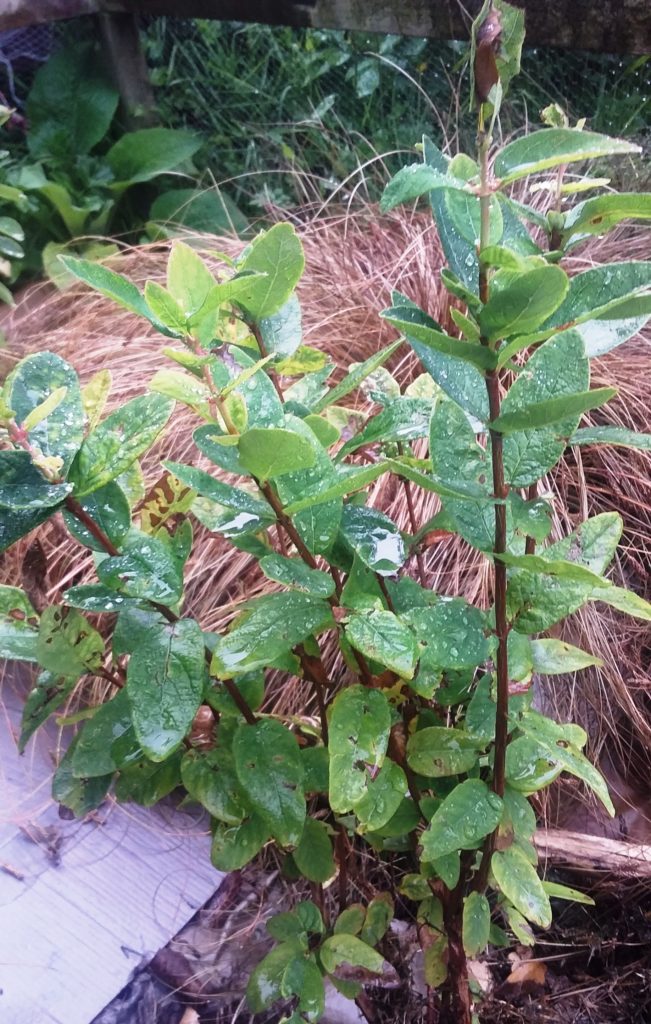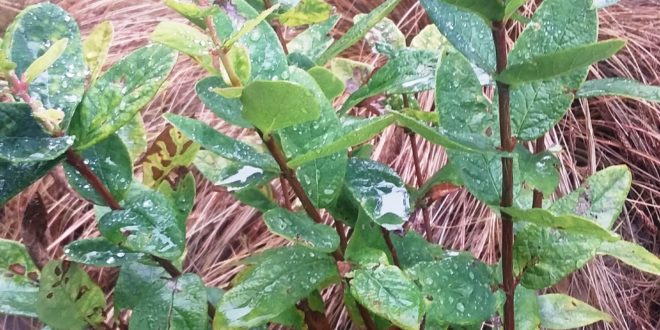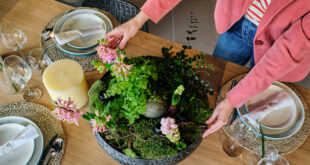 A mysterious berry is due to make its appearance in New Zealand before very long. The haskap berry (Lonicera caerulea) is a member of the honeysuckle family and is known in the United States as the ‘honeyberry’, and in other parts of the world as ‘blue honeysuckle. A fat, raspberry-sized, elongated berry with a tucked-up tail, the haskap is similar in colour to the blueberry and bears the same waxy blush.
A mysterious berry is due to make its appearance in New Zealand before very long. The haskap berry (Lonicera caerulea) is a member of the honeysuckle family and is known in the United States as the ‘honeyberry’, and in other parts of the world as ‘blue honeysuckle. A fat, raspberry-sized, elongated berry with a tucked-up tail, the haskap is similar in colour to the blueberry and bears the same waxy blush.
Some describe it as having an appealing tartness while others view its flavour as being a cross between a raspberry and a blueberry. When it does eventually make its way into Kiwi nurseries, expect it to be snapped up by those in the south because it is well suited to New Zealand’s cooler regions. Hailing from Russia and Japan, it is cold hardy (it does best with a winter chill) and early fruiting – once you have an established bush (which can be several years from planting), expect to be picking berries at least 2 weeks before your strawberries are ready to harvest. The fruit will still be on the bushes into early summer. The haskap is also disease-resistant which makes it ideal for growing in organic conditions.
Although the haskap is seldom spoken of in New Zealand gardening circles, it is already being planted here by a handful of adventurous growers. In fact, Kiwi permaculturalists have known about the berry for some time as it is a favoured plant to grow in food forests (gardens which feature predominantly perennial plants). At least one North Island grower is thought to have a commercial interest and to have planted a quantity of seedlings. With chilling hours few and far between in the north, and warm summer temperatures, we await news of how the trials proceed.
When the berries do become available, they are likely to be billed as the latest ‘superfood’, and with good reason. Haskaps are high in vitamin C and richer than most other berries in antioxidants, a substance that may help prevent infection and some types of cancer.
The haskap’s unique flavour and tartness has seen them used in the US as an ingredient in fruit-flavoured ice-cream, pies, jellies and jams. If you’re heading to the Japanese island of Hokkaido, be sure to look out for haskap wine, fruit gums and chocolate! And if you’re out hiking in that part of the world, you may find them growing in the wild.
If the haskap has you excited, knuckle down and prepare to spend a few hours (or days!) tracking down seeds or plants. Our top tip is to contact the following organisations for further information: The New Zealand Tree Crops Association, and Permaculture in New Zealand. If you don’t mind waiting, Dunedin permaculturalist Rory Harding may just have the plants you are looking for next year!
Nothing is more challenging or rewarding than acquiring a plant that is new to your neighbourhood or region. If you do locate seeds, plant them as soon as possible. Germination is most reliable from seed harvested 3-6 weeks after maturity. After a year, viability drops off rapidly. Good luck with your search and when you find what you’re looking for, spread the word!










Join the Discussion
Type out your comment here:
You must be logged in to post a comment.